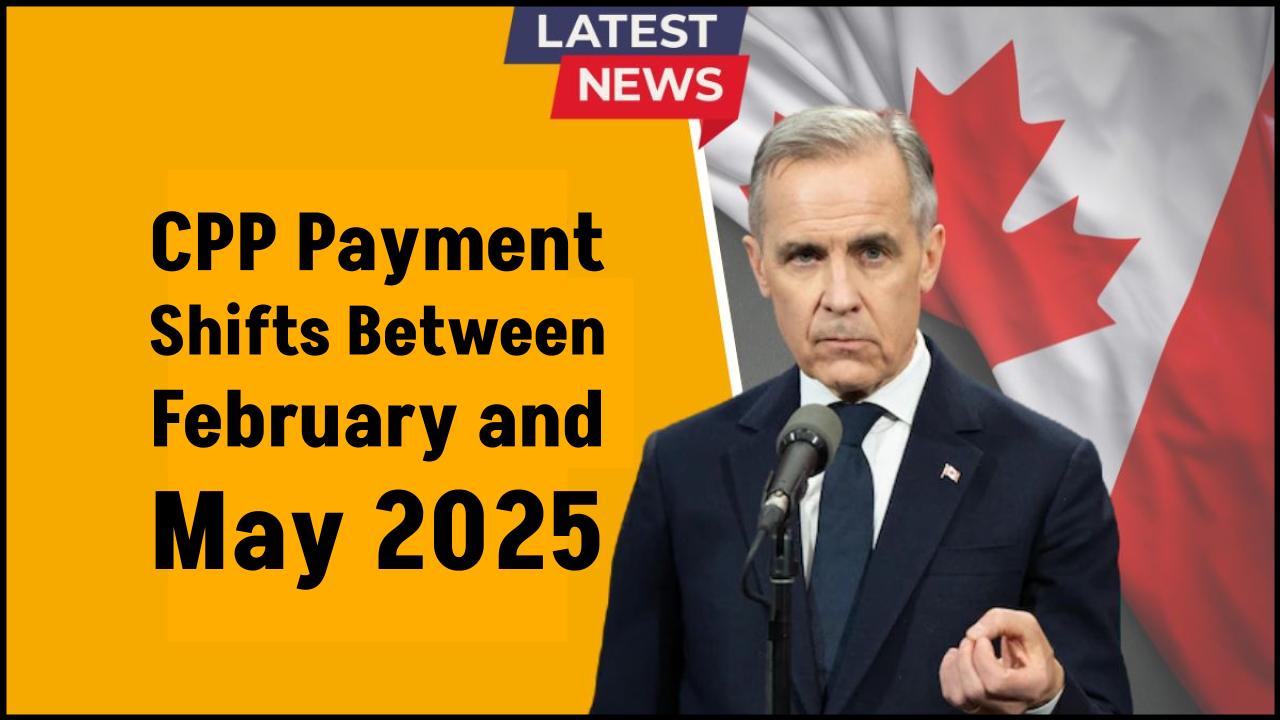Telehealth Shake-Up: Coalition Vows $200 Million Boost to Match Labor’s Plan!
Telehealth Shake-Up – In a major development shaking up Australia’s healthcare landscape, both the Labor Party and the Coalition have pledged $200 million to supercharge after-hours telehealth services. This move signals a new era of accessible, affordable healthcare for millions of Australians — especially for those needing urgent medical advice when GP clinics are closed. The announcement comes just ahead of Australia’s federal election scheduled for May 3, 2025, making telehealth a central focus of each party’s broader Medicare strategy. With Australians increasingly demanding flexible, round-the-clock healthcare, this competition is excellent news for patients. Below, we break down exactly what this means, how it will work, and what it could mean for you.

Telehealth Shake-Up
| Details | Information |
|---|---|
| Topic | Coalition matches Labor’s $200 million telehealth expansion plan |
| Labor’s Plan | Launch of “1800MEDICARE” – a free, 24/7 national telehealth service |
| Coalition’s Commitment | Match $200 million for after-hours telehealth services |
| Objective | Improve access to after-hours medical advice and ease emergency room pressures |
| Other Healthcare Promises | Labor: $8.5B for bulk billing expansion; Coalition: $9B Medicare investment |
| Official Sources | The Australian, SBS, News.com.au |
The Coalition and Labor’s $200 million telehealth investments mark a historic shift toward digital-first healthcare in Australia. For millions of people — particularly shift workers, parents with sick kids at night, or residents in rural areas — these promises could mean faster, cheaper, and easier healthcare access when it’s needed most. As the election heats up, healthcare remains one of the most important battlegrounds. No matter which side wins, Australians stand to benefit from better after-hours care, smarter technology use, and greater investment in public health services. Stay tuned for more updates as Australia heads into one of the most pivotal elections for healthcare reform yet!
What Is Happening With Telehealth in Australia?
Telehealth — medical services provided remotely via phone or video — exploded in popularity during the COVID-19 pandemic. It helped millions access doctors safely without physically visiting clinics. However, access after business hours (evenings, weekends, public holidays) has been patchy. Many Australians, especially in rural or regional areas, often rely on overcrowded emergency departments for relatively minor health concerns. Labor’s “1800MEDICARE” plan and the Coalition’s matching commitment aim to fix that.
Labor’s 1800MEDICARE Plan: What You Should Know
Prime Minister Anthony Albanese has unveiled the creation of “1800MEDICARE,” a free 24/7 health advice hotline. Here’s how it would work:
- One easy number for all Australians to call, any time.
- Trained triage nurses will answer first, assessing the urgency of the situation.
- If needed, the nurse will connect the patient to a General Practitioner (GP) over the phone or video call.
- Patients could receive emergency prescriptions, basic medical advice, or recommendations for hospital care if necessary. Goal: Cut down emergency room crowding and give patients faster, more convenient care without needing to leave home. Cost: Free for everyone — no Medicare card swiping, no upfront fees.
“This will make healthcare more accessible for Australians who don’t work 9 to 5, and for those who live far from traditional clinics,” Albanese stated at the launch event. For official Labor details, visit the Government website.
Coalition’s Response: Matching Labor Dollar for Dollar
Not wanting to be left behind, Opposition Leader Peter Dutton swiftly announced that the Coalition will match Labor’s $200 million investment for after-hours telehealth services if elected. While Dutton hasn’t yet outlined an alternative brand (like “1800MEDICARE”), the core focus is the same:
- Improve telehealth access outside business hours.
- Support hospitals by reducing unnecessary ER visits.
- Expand access to urgent prescriptions and virtual GP consultations.
“No matter where you live — city, suburb, country — you should be able to access quality care at any hour,” said Dutton in a press briefing. Full coverage is available at SBS News.
Impact on Rural and Remote Communities
Australians in remote and regional areas often face long travel times to access healthcare. A national telehealth hotline could be a game-changer by:
- Reducing travel costs and time.
- Offering immediate health consultations.
- Preventing health deterioration from untreated conditions.
“Many people in country towns rely on telehealth as their primary link to healthcare providers,” says Dr. Rachel Holmes, a rural health expert.
Potential Challenges and Criticisms
Despite the excitement, experts warn of challenges:
- Workforce Shortages: Who will staff these 24/7 hotlines?
- Technology Barriers: Seniors and remote residents may struggle with video calls.
- Funding Sustainability: What happens beyond the initial $200 million investment? Careful planning will be critical to avoid overpromising and underdelivering.
How This Fits Into Global Telehealth Trends?
Australia isn’t alone. Globally, telehealth investment is booming:
- United States: Medicare expanded telehealth permanently post-COVID.
- United Kingdom: NHS offers “virtual wards” to monitor patients remotely.
- Canada: Provinces integrating telehealth into primary care networks. Australia’s move reflects a worldwide shift towards digital-first, patient-centered healthcare.
Other Healthcare Promises in 2025 Election
This telehealth shake-up is part of broader healthcare election promises from both major parties:
Labor’s Healthcare Strategy
- $8.5 billion boost to Medicare bulk billing.
- Goal: 90% of all GP visits bulk billed by 2030.
- 50 new Medicare Urgent Care Clinics within 20 minutes’ drive for 80% of Australians. Read more here.
Coalition’s Healthcare Strategy
- $9 billion total investment into Medicare sustainability.
- $500 million specifically for bulk-billed mental health services.
- Focus on healthcare workforce development to meet future demand. Details available here.
What Does This Mean for You?
If these plans are implemented:
- You’ll be able to call a free, national number 24/7 for health advice.
- Minor illnesses, emergency prescriptions, and GP referrals will happen over the phone or video.
- Fewer reasons to visit crowded emergency rooms late at night.
- People in rural or regional Australia will get better access to urgent care without needing to travel long distances. It also promises a big mental health boost, with easier access to bulk-billed mental health services.
Simple Action Steps for Australians
- Save 1800MEDICARE (or similar future hotline) to your phone contacts.
- Check your internet and phone connection quality — it matters for telehealth.
- Ask your current GP about how telehealth will integrate with their practice. Being prepared ensures you benefit immediately when the service launches.
FAQs About Telehealth Shake-Up
Is 1800MEDICARE available right now?
No. It is a proposed plan that will launch only if Labor wins the 2025 federal election.
What services will be offered through 1800MEDICARE?
Basic health triage, GP consultations, emergency prescriptions, and advice on whether to seek further care.
Will I have to pay to use after-hours telehealth under these plans?
No. Both Labor and Coalition plans pledge free access under Medicare coverage.
How do I access these services if the Coalition wins?
While no official service name has been announced yet by the Coalition, the functionality (after-hours access to GPs and nurses) will be similar.
Will it replace visiting my GP during the day?
No. These services are for after-hours and urgent needs only. You’ll still need your regular GP for ongoing health care.








